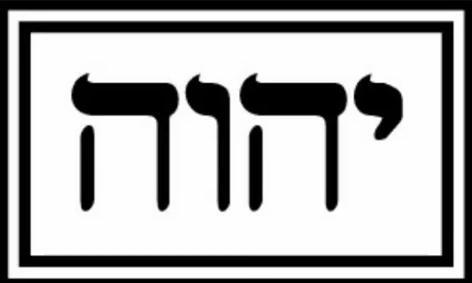
Sabbatai Zevi (1626 CE– 1676 CE) holds several distinctions. He was a Rabbi in a Sephardic community. He was a serious student of the works of Isaac Luria and the Kabbalah. He also engaged in conscious antinomianism of Jewish practice under the authority that he was the Messiah.
The details and specifics of what Sabbatai taught and practiced have been lost. He did take the bold step of speaking the Tetragrammaton, יהוה Yahweh, out loud in public at the age of 22. He staged various acts which today would be seen as publicity stunts, such as marriage ceremonies to the Torah or placing fish in cradles proclaiming that Israel would be redeemed under the Sign of Pisces. It is rumored that he engaged in licentious behavior and that the Sabbateans were practicing sexual rites in private based upon the sexual imagery of the Zohar.
It was during his travel to spread his teaching into the Ottoman Empire in 1666 that things took a turn. Sabbatai’s friend and the one who first recognized him as the Messiah, Nathan of Gaza (1643 CE –1680 CE), had shared a vision of Sabbatai going to Istanbul and having the crown of the Sultan placed upon his head. Upon arrival, Sabbatai was imprisoned. Eventually, he was given an ultimatum: prove you are the Messiah by being killed and returning or converting to Islam. On September 16, 1666, CE, Sabbatai appeared before the Sultan, having removed his Jewish garb, wearing a Turkish turban upon his head. He professed conversion to Islam.
Some of his followers denounced him for doing this, stating it proved that he was a false Messiah. Others felt there was an esoteric meaning to this conversion, so they publicly professed Islam while privately maintaining their Sabbatean Judaism, a group known as the Dönmeh. Within the broader Jewish community, Sabbatai’s actions were seen as a warning against mysticism generally and Kabbalah in particular. Some would take a highly conservative route, leading to Hassidism, while others would begin a process of Modernizing Judaism.
Sabbatai’s reputation, and parts of his teachings, were picked up a century later by another Jewish figure, Jacob Frank (1726 CE – 1791 CE) of Poland. Frank embraced the notion of “purification through transgression” and claimed to be a reincarnation of Sabbatai Zevi and the patriarch Jacob. In time he proclaimed himself a deity, was excommunicated from the Jewish community, and began converting with his followers to Roman Catholicism. This last step was seen with suspicion as attempting to recreate Sabbatai’s conversion to Islam. However, some 26,000 “apostate” Jews were converted as a result.
Frank would find a place for a time in the Court of Vienna, where he was seen as bringing the Word of Christ to the Jews. He eventually moved to Offenbach, claiming the title of “Baron of Offenbach.” With their conversion, the Frankists would bring their particular line of Sabbataen Kabbalah, which retained Apocalyptic and Messianic elements, into the Polish Christian world. It would disseminate with various alterations through Continental Freemasonry and Rosicrucianism.
It would be this line of Messianic Kabbalah that would be brought together with the Elizabethan Apocalypticism of John Dee within the most critical magical order of the 19th Century: The Hermetic Order of the Golden Dawn.